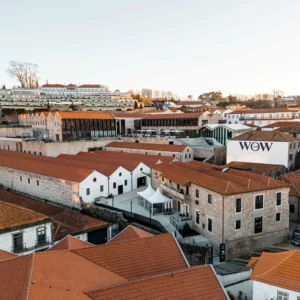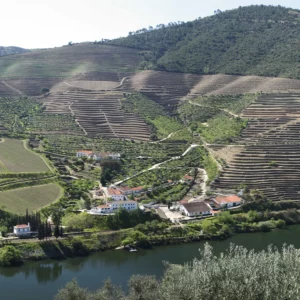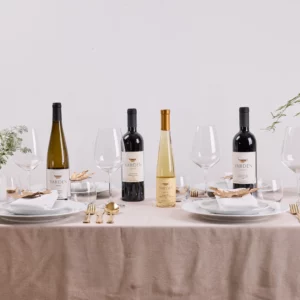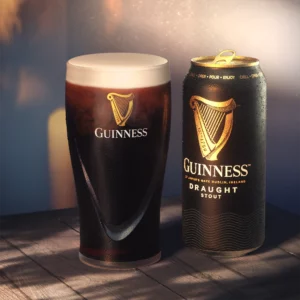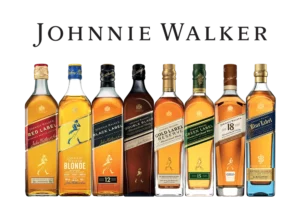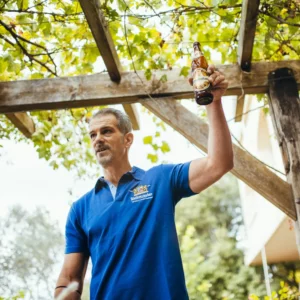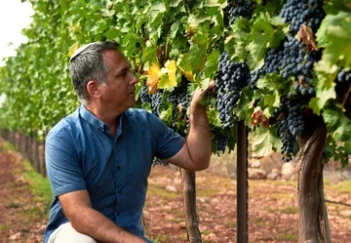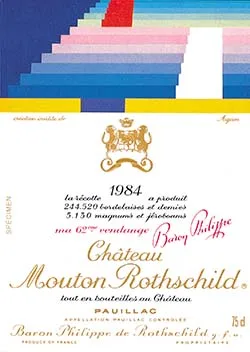This article first appeared in the Wine Talk column in the Weekend Supplement of the Jerusalem Post
I entered this world of wine through the door of Bass Charrington. It was once the largest drinks company and pub owner in Britain, the largest brewery in Europe and the largest hotelier in the world. Bass Charrington Vintners owned Alexis Lichine, Château Lascombes and a three hundred year old wine & spirits shippers called Hedges & Butler, with cellars under London’s Regent Street.
One of the companies represented by ‘H&B’, as we called it, were the Bordeaux wines of Baron Philippe de Rothschild. This was how I was introduced to
Château Mouton Rothschild, the premier wine from the same stable.
I remember being invited to Mouton to participate in the grape picking harvest. It was backbreaking work. At lunch we were encouraged us to drink too much Fine de Bordeaux (local brandy). As a result the afternoon was even more difficult.
At the end of the day, the winery showed its style and flair for public relations. The guest pickers were presented with a signed certificate and a few years later we were sent magnums of their three Château wines: Mouton Rothschild, Clerc Milon and Mouton Baronne Philippe, (later renamed d’Armailhac). Of course, of the vintage we had harvested. Not bad for a day’s work.
At dinner, we were served wine from the Baron’s famous long necked decanters, tied with a red serviette to catch drips. We drank Château Mouton Rothschild 1971. I remember the depth of color, the fruit concentration and the whiff of cigar box until today. It was my first really high quality wine and remains a reference point for me.
Funnily enough Mouton was purchased in 1853 by one of the English Rothschilds, Nathanial, who was a nephew of my distinguished forebear, Sir Moses Montefiore. He was also a first cousin of Baron Edmond de Rothschild who founded Carmel Winery.
Sadly, each of the companies that brought me to wine no longer exists. Hedges & Butler had been founded in 1667, Charrington in 1757 and Bass in 1777. Despite a past so long and distinguished, they just disappeared. Pouff! Nothing remains of their history and heritage. Across the Atlantic, another disappearing act was Seagram, founded in 1857. When taken over by the Jewish Canadian family, the Bronfmans, it became one of the largest spirits companies in the world producing global brands like Chivas Regal and also, of more interest to Israelis, Sabra. However this great company lasted just three generations of family ownership.
All these companies are part of the trash can of history, apart from the odd brand that still carries their name like Bass Ale or Seagram’s Gin. Whilst working for Carmel Winery, Israel’s oldest and most historic company, I am always conscious of how important it is to preserve the history and heritage for future generations.
This is why I want to pay special tribute to Baroness Philippine de Rothschild (1833-2014), who passed away in August. She was owner of both Château Mouton Rothschild and the negociant company Baron Philippe de Rothschild SA, named after her father.
Baron Philippe de Rothschild was a poet, playboy & womanizer who loved fast cars and the theatre. He was imprisoned during World War Two and then fought in the resistance. I once wrote an article in Al Hashulchan, (the Israeli Bon Appetit), claiming he was the outstanding wine personality of the 20th century and he really was that influential.
He was the first person to introduce château bottling. He was the first to create a wine brand, Mouton Cadet. He was first to understand the label was an extension of the image & marketing of the wine. He commissioned artists such as Picasso, Andy Warhol, Chagall, Salvador Dali and the Israeli Yaacov Agam to create his labels each year.
Rothschild was the first to sign the front label as a personal guarantee of quality. He was the first to undertake a high profile joint venture when he created Opus One in Napa Valley with Robert Mondavi. He was the first to create both a dramatically lit, showroom barrel cellar and a unique wine art museum at a winery.
Finally after a lifetime of campaigning, he succeeded to raise his beloved Mouton Rothschild to a Premier Cru Classé in the historic Bordeaux classification. He fell into wine in his twenties and by the time he died in 1988, he was the most visible icon of the world’s most famous wine region, Bordeaux.
His daughter, Philippine, had it tough taking over from a legend who was both eccentric, (he held most meetings from his bed) and a dominating character. At ten years old, she had the trauma of watching her mother, who was a Catholic, dragged away by the Nazis, simply because she was married to a Jewish Rothschild. She was put on one of the last trains to the death camps, and died in the Ravensbruck gas chambers days before liberation. Philippine grew up as a successful actress. Yet, at over fifty years of age, she found herself, a woman in a man’s world, in charge of her father’s wine interests.
Looking back at her wine career, it is possible to say she built on her father’s creativity and further developed the company. She polished the jewel and advanced the business. She refurbished Château Mouton Rothschild and retained and enhanced its position as one of the greatest wines in the world. She brought in a younger winemaker up to date with modern techniques. She produced a second wine to Mouton called Le Petit Mouton and introduced a high quality white, Aile d’Argent. She built a winery for Château Clerc Milon. She brought content to the Opus One partnership. She made her own joint venture with Concha Y Toro, Chile’s most famous winery, producing Almaviva. She expanded into the Languedoc and enlarged the Bordeaux business.
She organized a travelling exhibition of the Mouton labels around the world and it has now settled in the refurbished museum at the Château. I always have the latest framed poster of all their labels in my office. I believe this is the ultimate in stylishness reminding that wine is art and so much more than just a drink.
Philippine was charming , vivacious, outgoing with coiffured hair, big junky jewelry and an outsize personality. Once we shared a podium together when she was President of the IWSC and I was representing a sponsoring winery. However the ‘always the actress’ exterior belied a finely tuned business instinct, a fierce attention to detail and a drive to be the best. Now she has been taken from us too suddenly, it is most impressive to see that she has already incorporated two of her children, Philippe (junior) and Julien into the business, so there will be a seamless continuation of her and her father’s legacy.
So when you have companies like Hedges & Butler, Bass, Charrington and Seagram virtually vanishing without trace, despite hundreds of years of heritage, it is to her credit that her Mouton Rothschild and Baron Philippe de Rothschild SA continue from strength to strength and remain beacons in their industry.
Incidentally, all the labels between 1945 and today are printed on their website, except one. The 1984 wine, with the Agam label, is not there. I don’t know why the only one missing is the one with an Israel connection. However as a nod to their Jewish roots, they do produce a kosher cuvée of Mouton Cadet. Hopefully this impressive company will continue to lead the way by being a symbol of quality, style and panache for many years to come. Bravo to the Baroness, et merci!




